SANGHAR: New research by the department of archeology at Shah Abdul Latif University has found traces of a third-century settlement in Brahmanabad in Pakistan’s southern Sindh province, an area previously believed to have been settled in the eighth century by Arab ruler Muhammand Bin Qasim.
A team of around 20 archaeologists started excavation on the site in December under the supervision of Dr. Ghulam Muhiuddin Veesar as part of a joint project of the Sindh culture department and Shah Abdul Latif University in Khairpur.
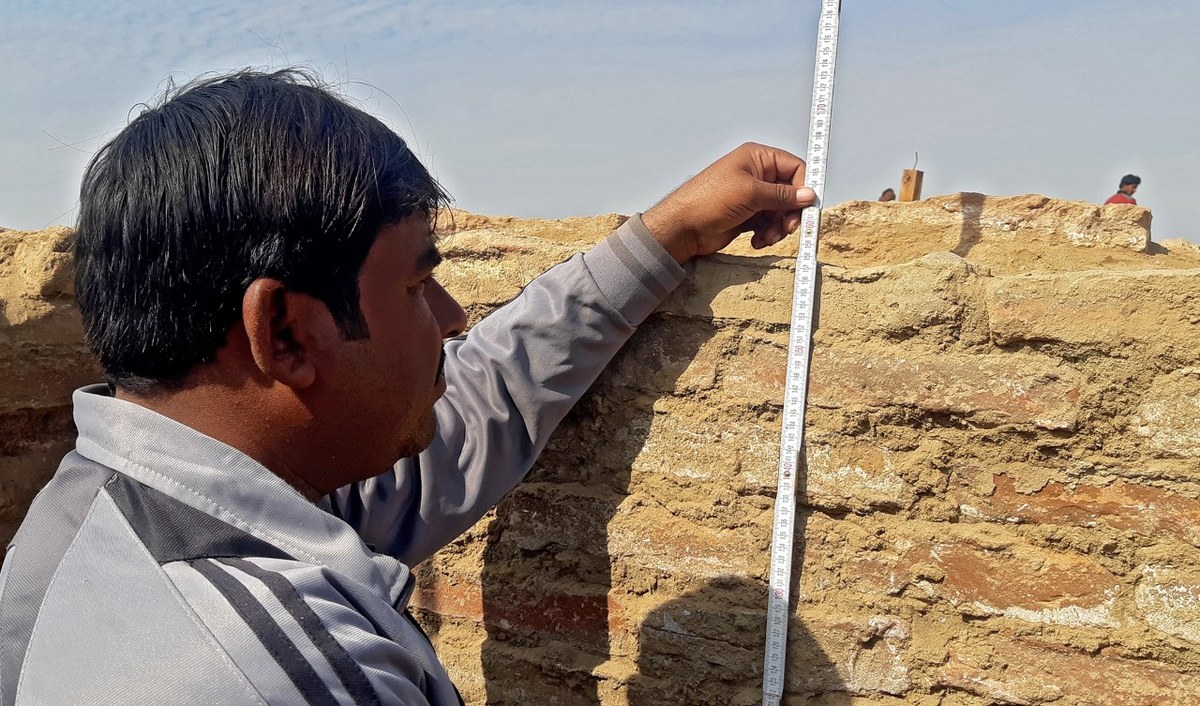
A member of an archeological team in Brahmanabad, Sindh, Pakistan, on January 14, 2021. (AN photo by Zulfiqar Kunbhar)
Brahmanabad was the historic capital of the Muslim Caliphate in Sindh during the eighth century, under the Umayyad Caliphate and then the Abbasid Caliphate, from the year 750 AD to 1006 AD.
“Through material we got, we can say that this settlement of Brahmanabad also existed in the third century AD and people lived here, proving that the settlement is of a pre-Islamic era,” Veesar told Arab News.
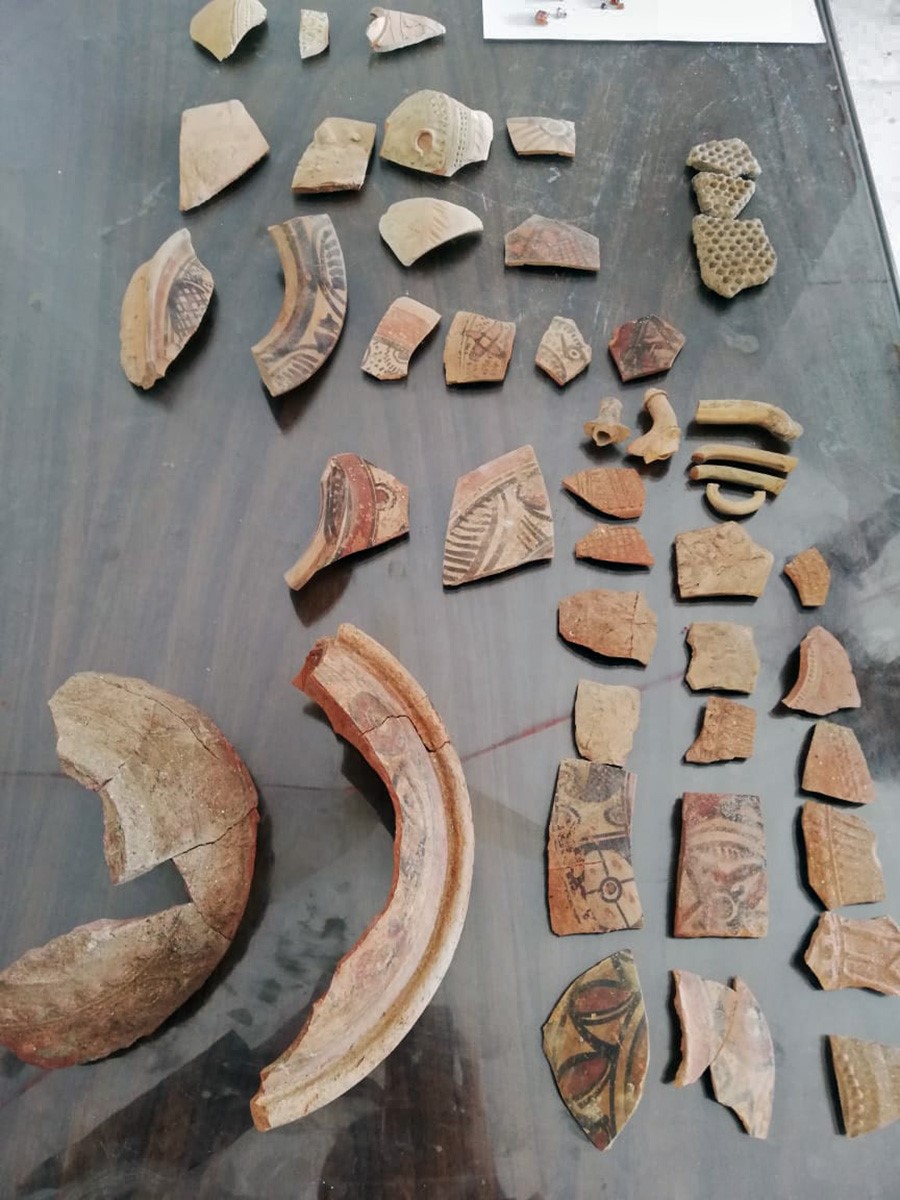
Undated photo of remains found during excavation of an archeological site of Brahmanabad in Sindh’s Sanghar district, Pakistan. (Photo Courtesy: Dr Ghulam Mohiuddin Veesar)
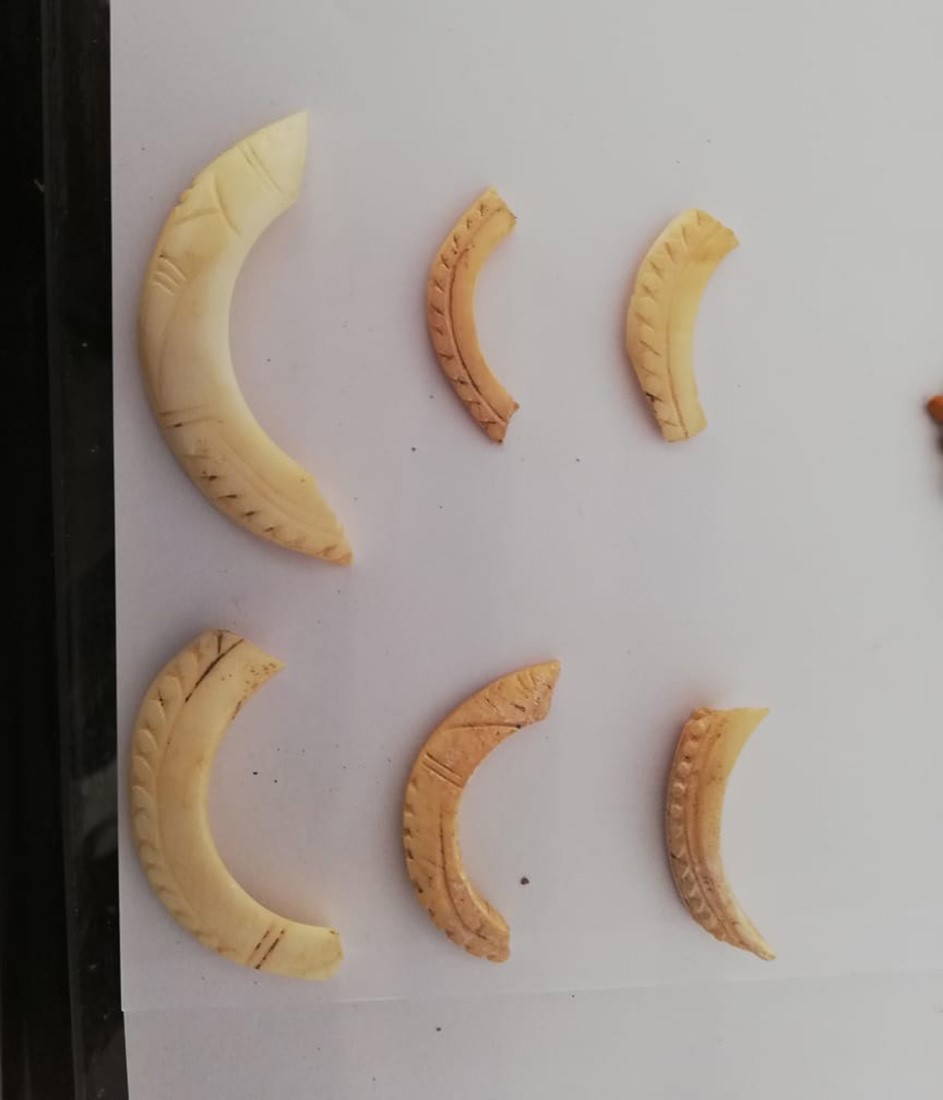
Undated photo of remains found during excavation of an archeological site of Brahmanabad in Sindh’s Sanghar district, Pakistan. (Photo Courtesy: Dr Ghulam Mohiuddin Veesar)
This is the third such excavation on the archaeological site in the last 180 years.
The first one took place in 1854 during British rule and the second one was in 1962 by a government of Pakistan team which found relics of a mosque at the site but no signs of pre-Islamic life. Research on Brahmanabad also suggests the city may have been a hub of economic activity. An earlier study had found coins and other artifacts that were moved to the British Museum and Bombay before Pakistan was born out of the Indian partition.
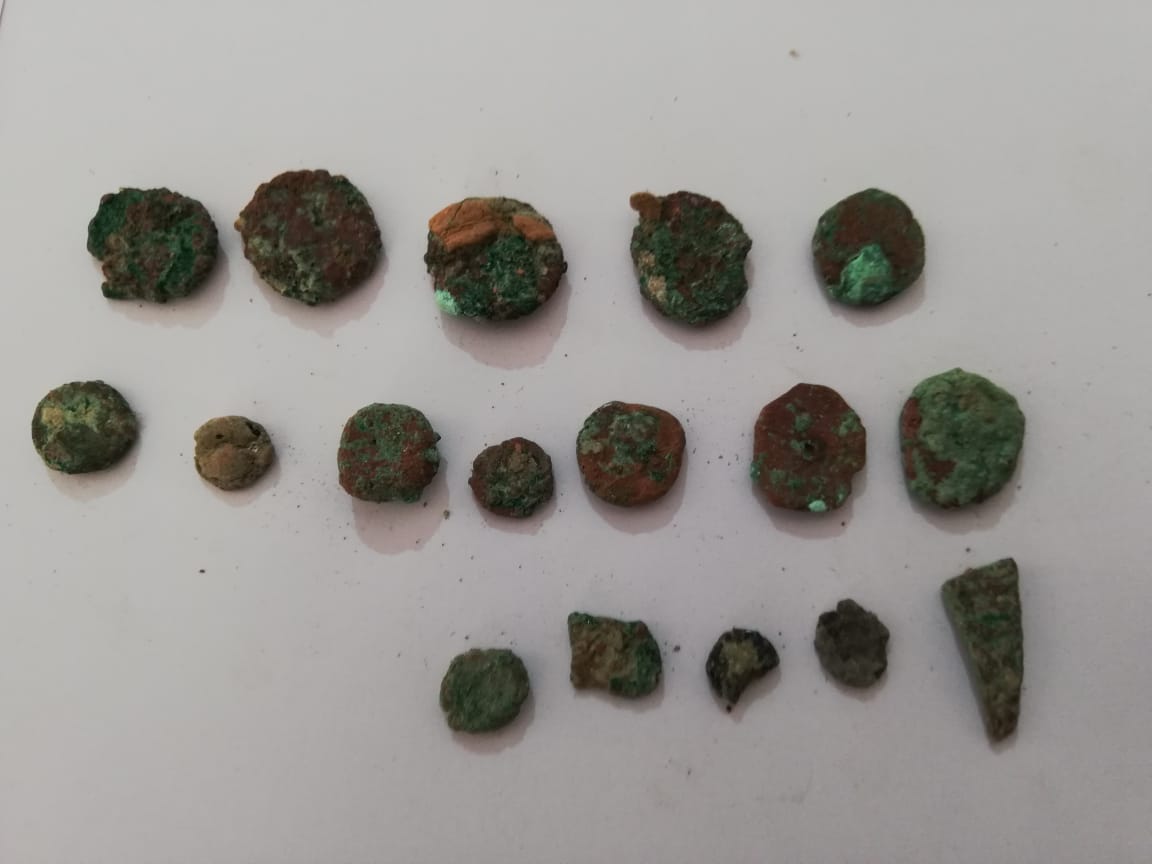
Undated photo of remains found during excavation of an archeological site of Brahmanabad in Sindh’s Sanghar district, Pakistan. (Photo Courtesy: Dr Ghulam Mohiuddin Veesar)
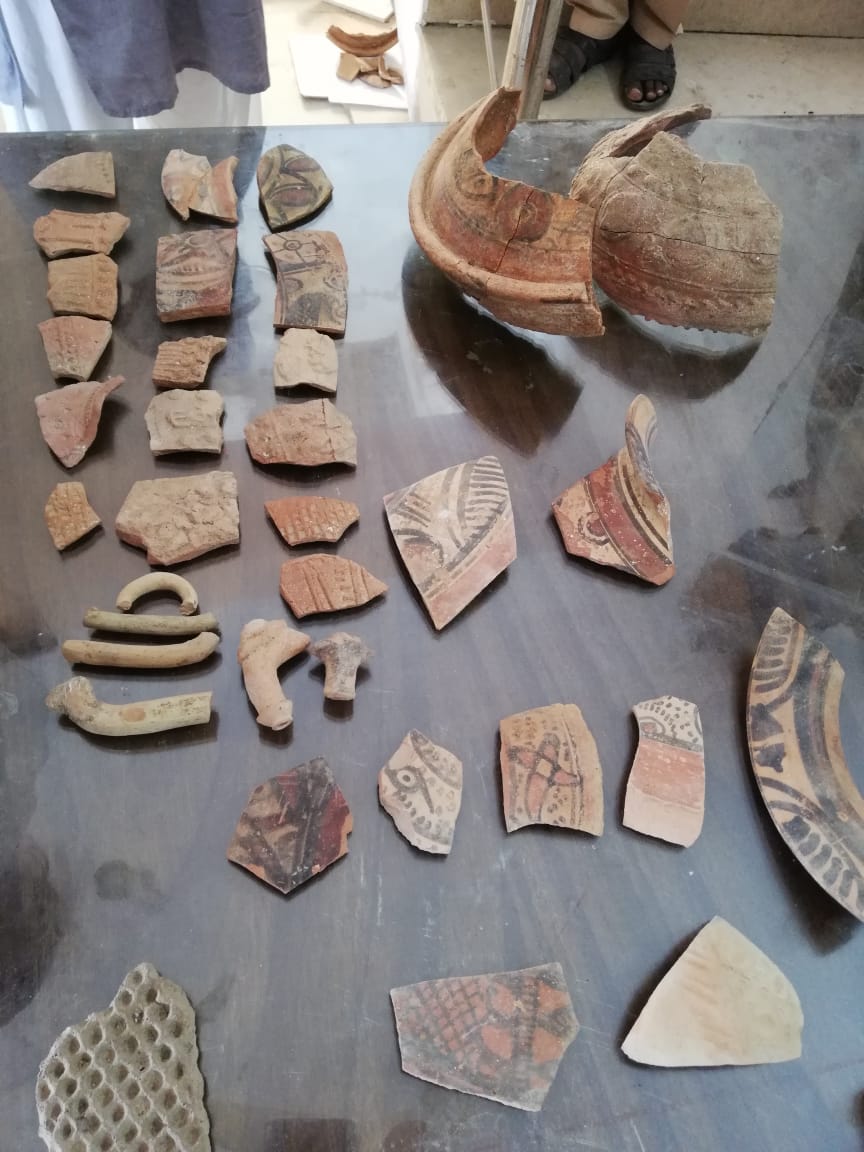
Undated photo of remains found during excavation of an archeological site of Brahmanabad in Sindh’s Sanghar district, Pakistan. (Photo Courtesy: Dr Ghulam Mohiuddin Veesar)
“We have done both vertical and horizontal excavations so that we may know its cultural phases to determine when the settlement started, how long people were living there,” Veesar said.
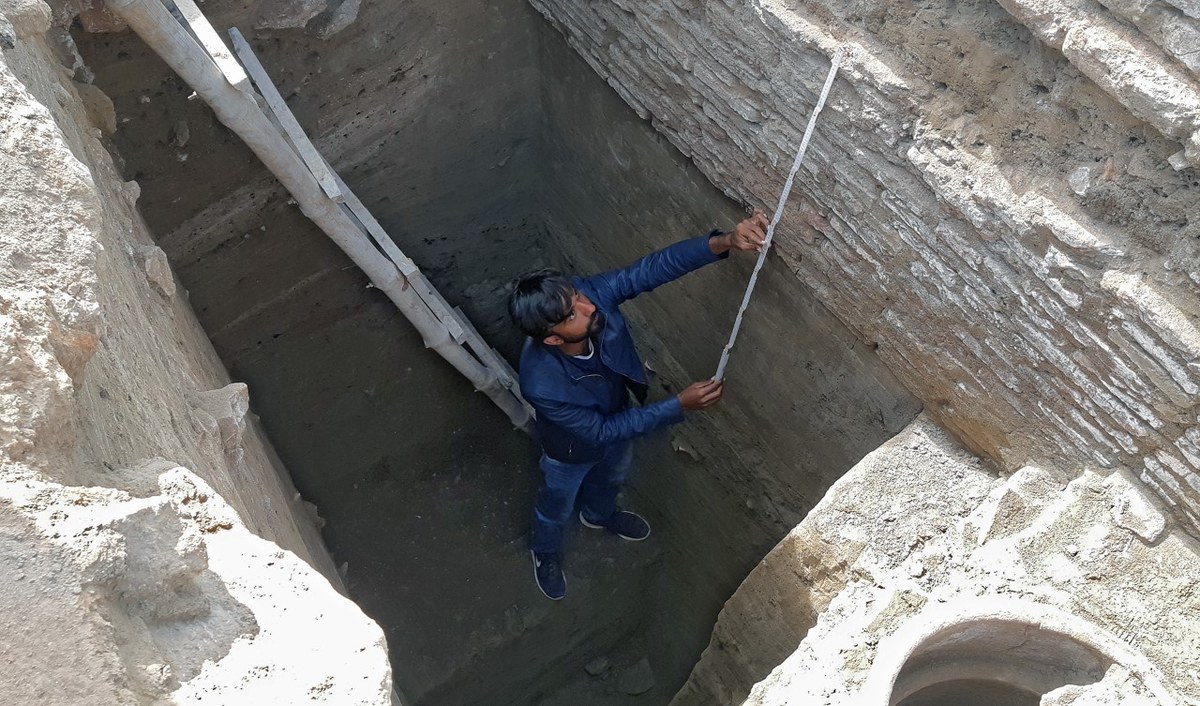
A member of an archeological team at an archeological site in Brahmanabad in Sindh’s Sanghar district, Pakistan, on January 14, 2021. (AN photo by Zulfiqar Kunbhar)
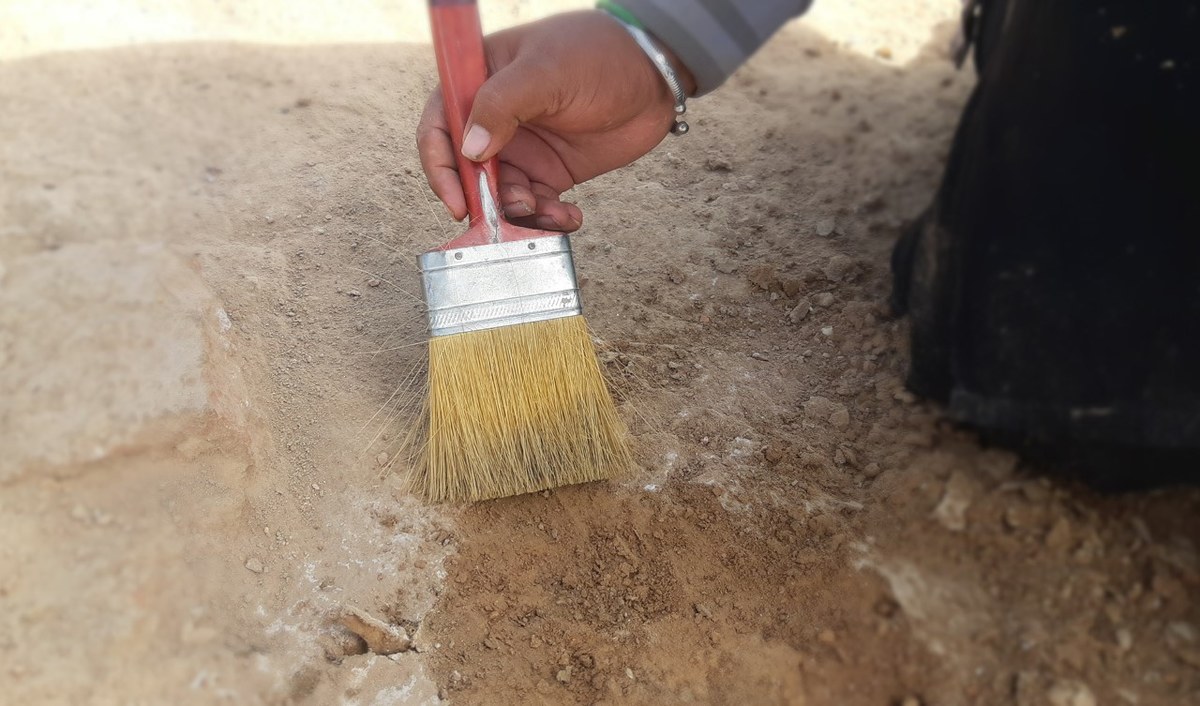
Excavation underway at an archeological site in Brahmanabad in Sindh’s Sanghar district, Pakistan, on January 14, 2021. (AN photo by Zulfiqar Kunbhar)
He said he believed further excavation could prove people lived in the area even before the third century AD.
“Another important feature we found is that the whole settlement is established on a riverbed. They formed the settlement on mounds of natural silt sand dunes of river bed,” the professor said.
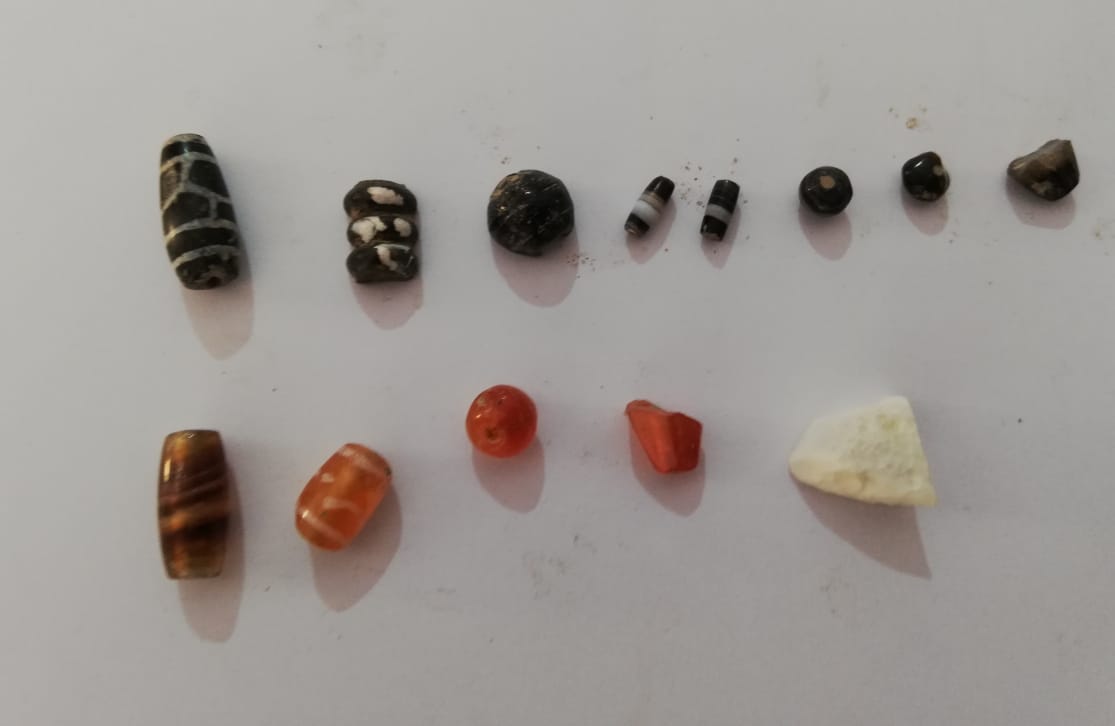
Undated photo of remains found during excavation of an archeological site of Brahmanabad in Sindh’s Sanghar district, Pakistan. (Photo Courtesy: Dr Ghulam Mohiuddin Veesar)
Syed Sardar Ali Shah, Sindh minister for culture, said the findings of the Brahmanabad excavation project were of “high importance.”
“It is a great achievement,” he told Arab News. “The detailed report is awaited, but in the future these findings can be helpful in connecting the linkage with other archaeological sites like Mohenjo Daro,” he added, referring to a World Heritage Site in Sindh, one of the best preserved in South Asia where visitors can see a well-planned city built of unbaked brick dating back to the beginning of the third millennium BC.
















